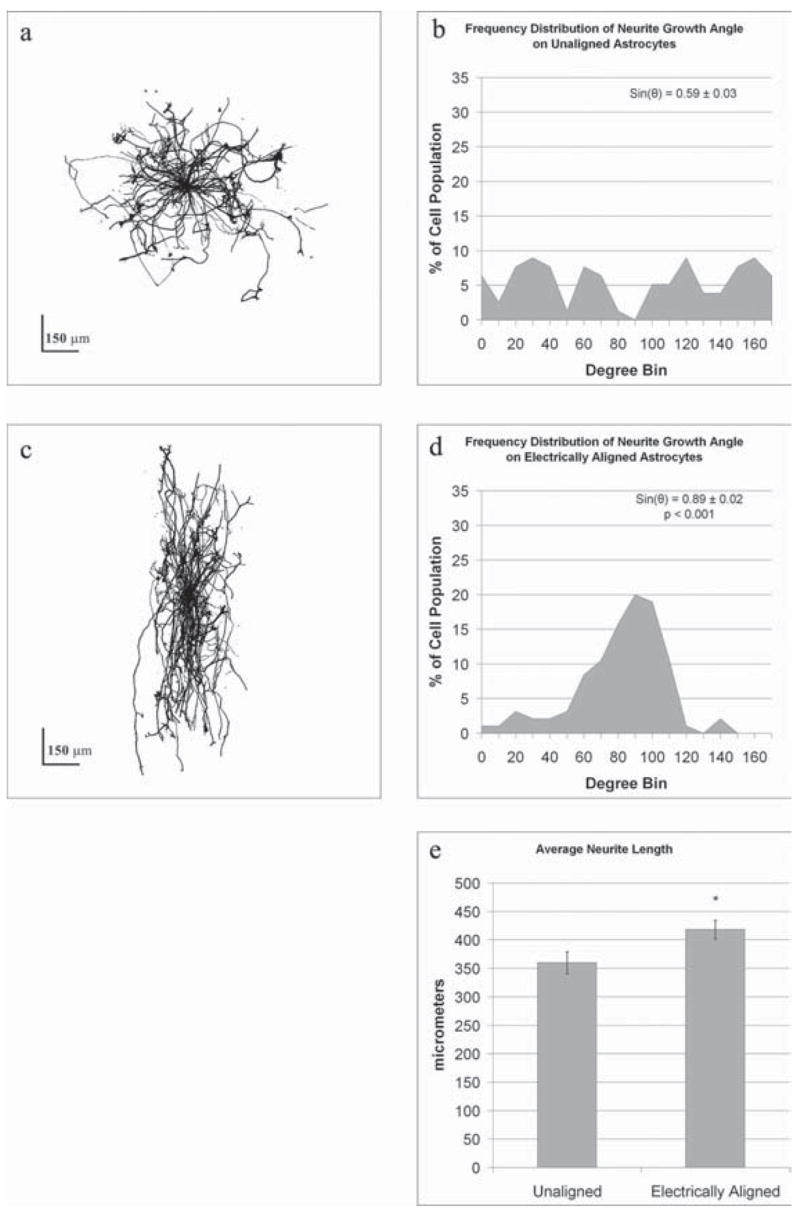Fig. 4. Electrically-aligned astrocytes guide neurite growth and increase neurite length.

Composite images of multiple neurons grown on either control (a) or electrically aligned (c) astrocytes demonstrate the influence of astrocyte orientation on neurite outgrowth. By superimposing 37 neurons grown on unaligned, control astrocytes it is apparent that neurite outgrowth is random (a). (b) Graphically illustrating the direction of neurite outgrowth using bin sizes of 10° it is apparent that DRGs have no preferred direction of growth on randomly orientated astrocytes. The directionality coefficient for each neurite indicates an average directionality of 0.59 ± 0.03, which is consistent with randomness. (c) Superimposing the outgrowth of 39 neurons grown on electrically aligned astrocytes indicates that neurite outgrowth is aligned. (d) This is illustrated graphically by binning the directionality of neurite outgrowth. The directionality coefficient, 0.89 ± 0.02, is significantly different (P<0.001) to controls, indicating significant orientation perpendicular to the electric field direction. (e) In addition, neurite length on electrically aligned astrocytes is significantly greater (P<0.001, *) than on unaligned astrocytes.
